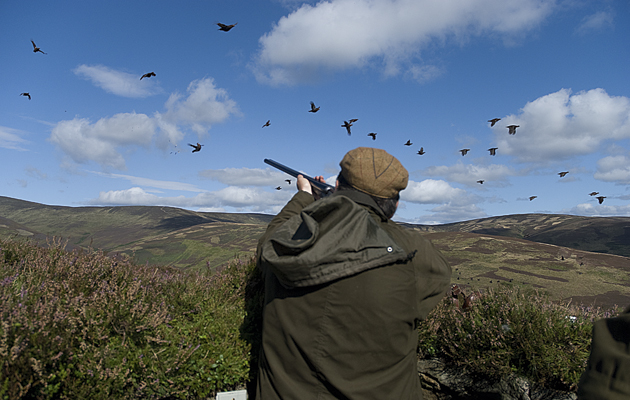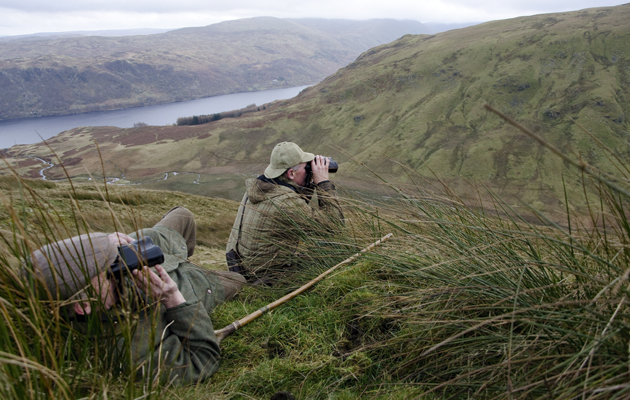David Johnstone chairman of Scottish Land & Estates, questions the value of Scottish Land Reform.
THE END OF RATES EXEMPTION FOR SPORTING ESTATES

The 2014 grouse season may have been particularly profitable for moor owners but there are poor seasons as well as good.
For many landowners, the Scottish land reform proposal to end the non-domestic rates exemption for shooting and deerstalking is emblematic of the often schizophrenic political attitude to private landownership in Scotland. Scottish government ministers are happy to salute the efforts of some estate businesses on particular projects. But this recognition is sacrificed and swept aside when it comes to the broader land-reform agenda.
The Scottish government estimates that ending the business rates exemption will raise around £10 million per year from 2016 for the Scottish Land Fund. It suggests that the exemption was introduced in the mid-Nineties by “the Tories” to protect the interests of large landowners. The reality is somewhat different. This exemption came into being because the process to ascertain what rates should be paid and on which land (taking into consideration overlapping land uses) was extraordinarily bureaucratic. Also, there was no differentiation between those running commercial sporting interests and those who merely possessed sporting rights – leading to an unfair system.
Land agents CKD Galbraith have pointed out that the Scottish land reform proposals and the decision to place sporting estates on the negative list for support through the Common Agricultural Policy would present real challenges for sporting businesses. Mixed estates would, probably, require the assessment of the sporting value of all rural land, ranging from larger estates to farms, crofts and smallholdings. It would create a minefield of uncertainty.
There is a strong case to be made for exemption to the reintroduction of business rates for sporting and deerstalking, particularly on estates where there are complex and converging land-use arrangements. And where it is clear that businesses are delivering extra public value for which they receive no payment.
At this stage it is difficult to quantify the net financial effect of these measures on estate businesses. It is beyond doubt that there will be a significant additional burden for estates. Although shooting and deerstalking are high-value businesses in terms of contribution to the rural economy, often they are not particularly profitable and require substantial investment. Shooting businesses employ people in areas where there is little other work on offer. Adding to the burdens on these businesses does nothing to enhance rural prosperity. The benefit to the Scottish government would be largely symbolic but the loss to the rural economy will be real. Last year’s grouse shooting was outstandingly good and some argue that this demonstrates that shooting estates can easily afford to pay rates. However, as we all know, there are as many poor seasons as good ones.
Estate businesses whose activities generally extend well beyond sporting, pay business rates and other taxes where they are due. It is a great pity that landowners continue to be portrayed as somehow squirming out of paying their share. This is just not true, however convenient a stereotype it makes. It is unfortunate that the political focus appears incapable of shifting to the positive contribution of estates.
We have lived with the Scottish land reform debate for many years now. It is disappointing that we seem still to be mired in the same old arguments, based so much on stereotype rather than evidence and fact.
I never fail to be impressed that, no matter how large or small their enterprise is, landowners are united in a desire to get on and grow their business, help their local communities and economy flourish and undertake good stewardship and land-management practices.
The First Minister has stated that Scotland’s land is an asset for the many, not for the few. We agree with that. The reality is that the land is already an asset for the many and owners of land of all types and acreages are already delivering a huge range of public benefit. They can provide even more. The desire to make rural Scotland more prosperous is a shared ambition and one that would be better served by getting private landowners on board – collaboration will deliver so much more than the division of Scottish land reform.





